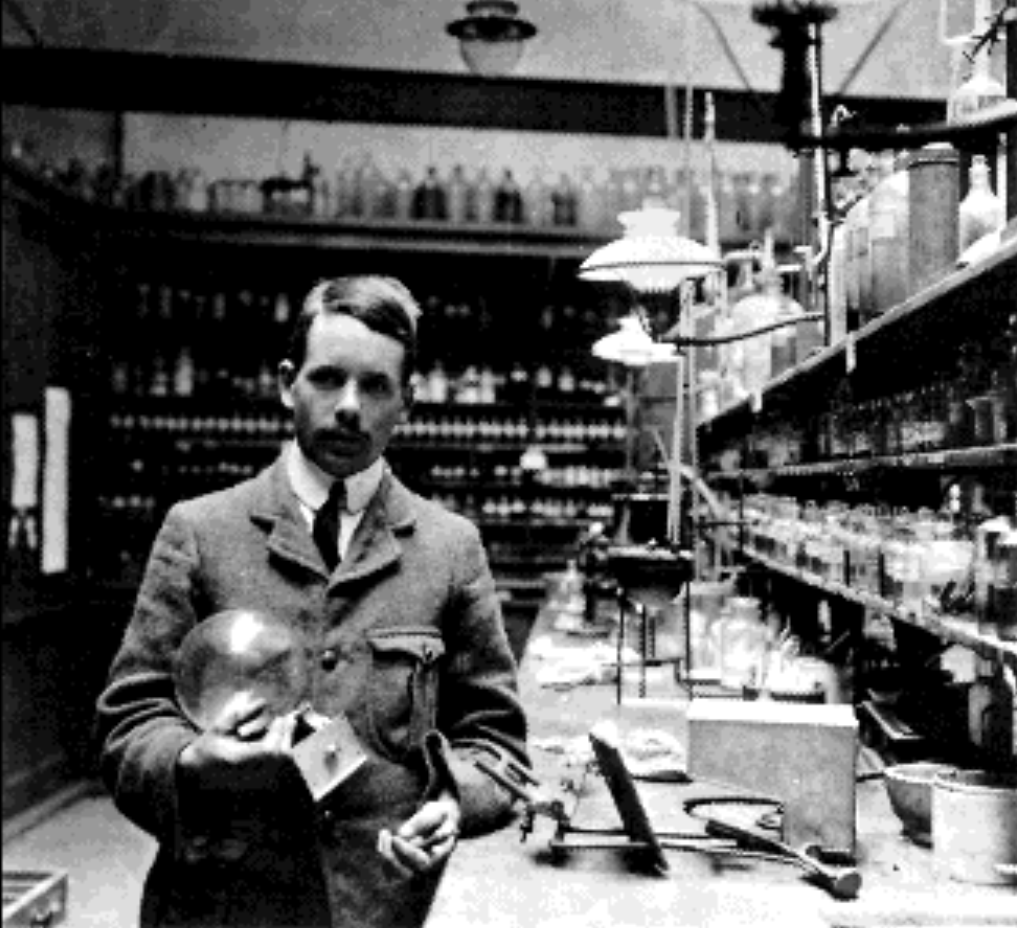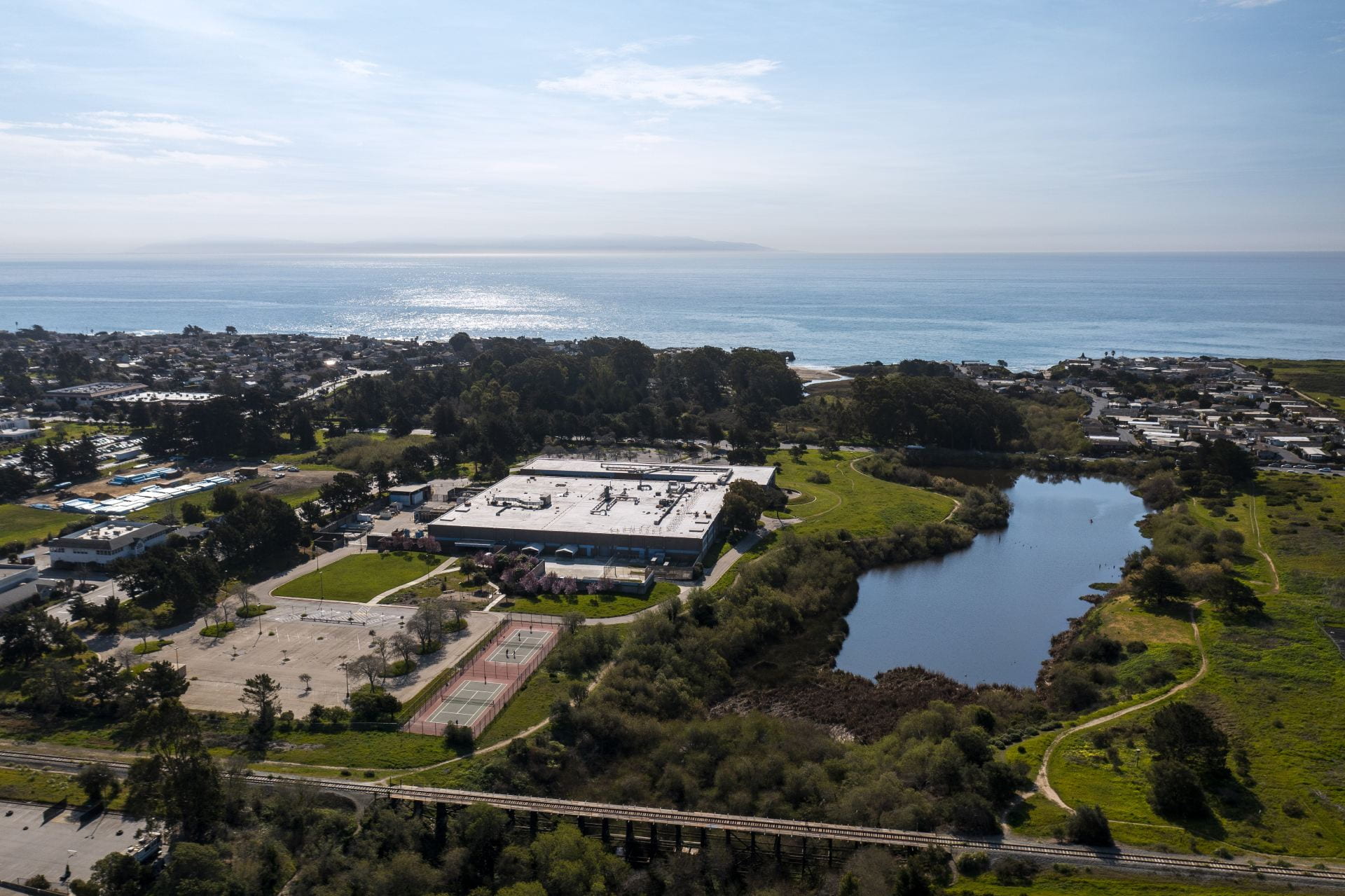
Led by Professor Frank Bridges, physics students at the undergraduate and graduate levels pursue research in condensed matter physics, probing the structure of various materials by the XAFS method of X-ray spectroscopy.
Structural Aspects of Condensed Matter Systems
Structure plays an important role in understanding the physical properties of solid systems. The recognition that most solids have a well-defined atomic structure provided a unification of a number of subfields in physics and played an important role in the emergence of the field that we now know as condensed matter physics. Professor Bridges works on a number of topics including thermoelectric materials, AC electroluminescent materials, the coupling between the crystal lattice and the electron system in correlated electron systems.
One of Bridges’ major areas of research is the study of local structure in the vicinity of specific atoms using X-ray Absorption Fine Structure spectroscopy (XAFS). This technique requires the very high x-ray intensity available at a Synchrotron source such as the nearby Stanford Synchrotron radiation Laboratory. Materials investigated include quasicrystals, fullerenes, superconductors and, recently, the colossal magnetoresistance (CMR) materials. In the Hg series of high Tc materials they have discovered the unusual phenomena of negatively correlated displacements for some pairs of atoms. In the CMR materials they find a large change in the O disorder (associated with polaron formation) about the Mn atoms that is correlated with the sample magnetization.
Another area is the study of atomic defects. Using high-frequency microwaves he has studied the tunneling properties of small defect atoms in crystals. One of the reasons these systems are interesting is that they have a large number of local potential minima (typically 8-12) which results in a rich array of physical properties.
Bridges’ research group involves a number of graduate and undergraduate students. Experiments are conducted several times each year at the SSRL research facility in Palo Alto, while Bud maintains an active lab on the UCSC campus.
